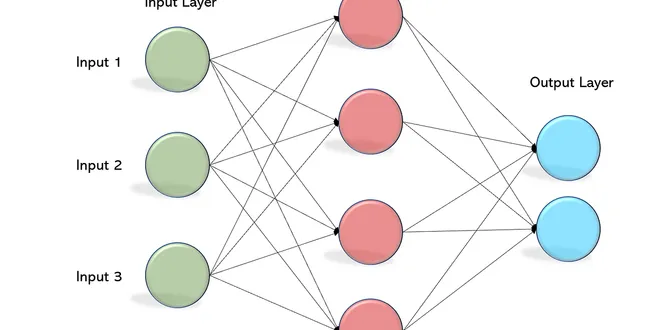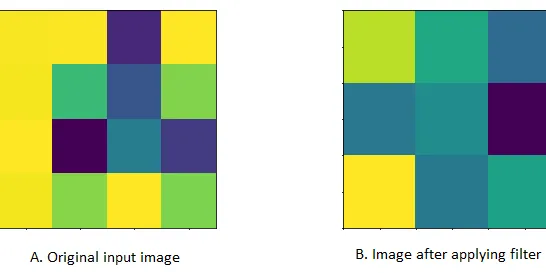multiple-layers
Multiple layers in neural networks refer to the arrangement of interconnected neurons organized into distinct layers, each serving a specific function in processing data. The simplest form, known as a single-layer perceptron, consists of an input layer and an output layer. However, more complex architectures, such as multilayer perceptrons (MLPs), include one or more hidden layers between the input and output layers. These hidden layers enable the network to learn intricate patterns and representations from the data, enhancing its ability to perform tasks like classification and regression. The depth and configuration of these layers significantly influence the model’s performance and capacity to generalize.

Layers and Modules
When we first introduced neural networks, we focused on linear models with a single output. Here, the entire model consists of just a single neuron. Note that a single neuron (i) takes some set of inp...
📚 Read more at Dive intro Deep Learning Book🔎 Find similar documents

Multi layer Perceptron (MLP) Models on Real World Banking Data
A multi layer perceptron (MLP) is a class of feed forward artificial neural network. MLP consists of at least three layers of nodes: an input layer, a hidden layer and an output layer. Except for the…...
📚 Read more at Becoming Human: Artificial Intelligence Magazine🔎 Find similar documents

Multilayer Perceptrons
In this chapter, we will introduce your first truly deep network. The simplest deep networks are called multilayer perceptrons , and they consist of multiple layers of neurons each fully connected to ...
📚 Read more at Dive intro Deep Learning Book🔎 Find similar documents

MULTI LAYER PERCEPTRON explained
So i am beginning my blogging journey from today. For my very first piece i’ll be explaining a simple but very essential concept to study DEEP LEARNING that is MULTI LAYER PERCEPTRON. For this blog…
📚 Read more at Analytics Vidhya🔎 Find similar documents

From Adaline to Multilayer Neural Networks
Setting the foundations right Photo by Konta Ferenc on Unsplash In the previous two articles we saw how we can implement a basic classifier based on Rosenblatt’s perceptron and how this classifier ca...
📚 Read more at Towards Data Science🔎 Find similar documents

Layers
Layers BatchNorm Convolution Dropout Pooling Fully-connected/Linear RNN GRU LSTM BatchNorm BatchNorm accelerates convergence by reducing internal covariate shift inside each batch. If the individual o...
📚 Read more at Machine Learning Glossary🔎 Find similar documents

